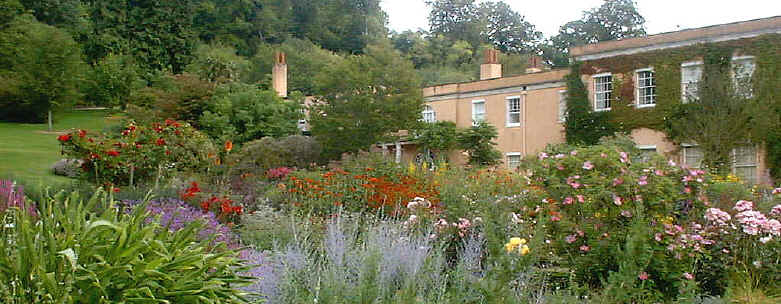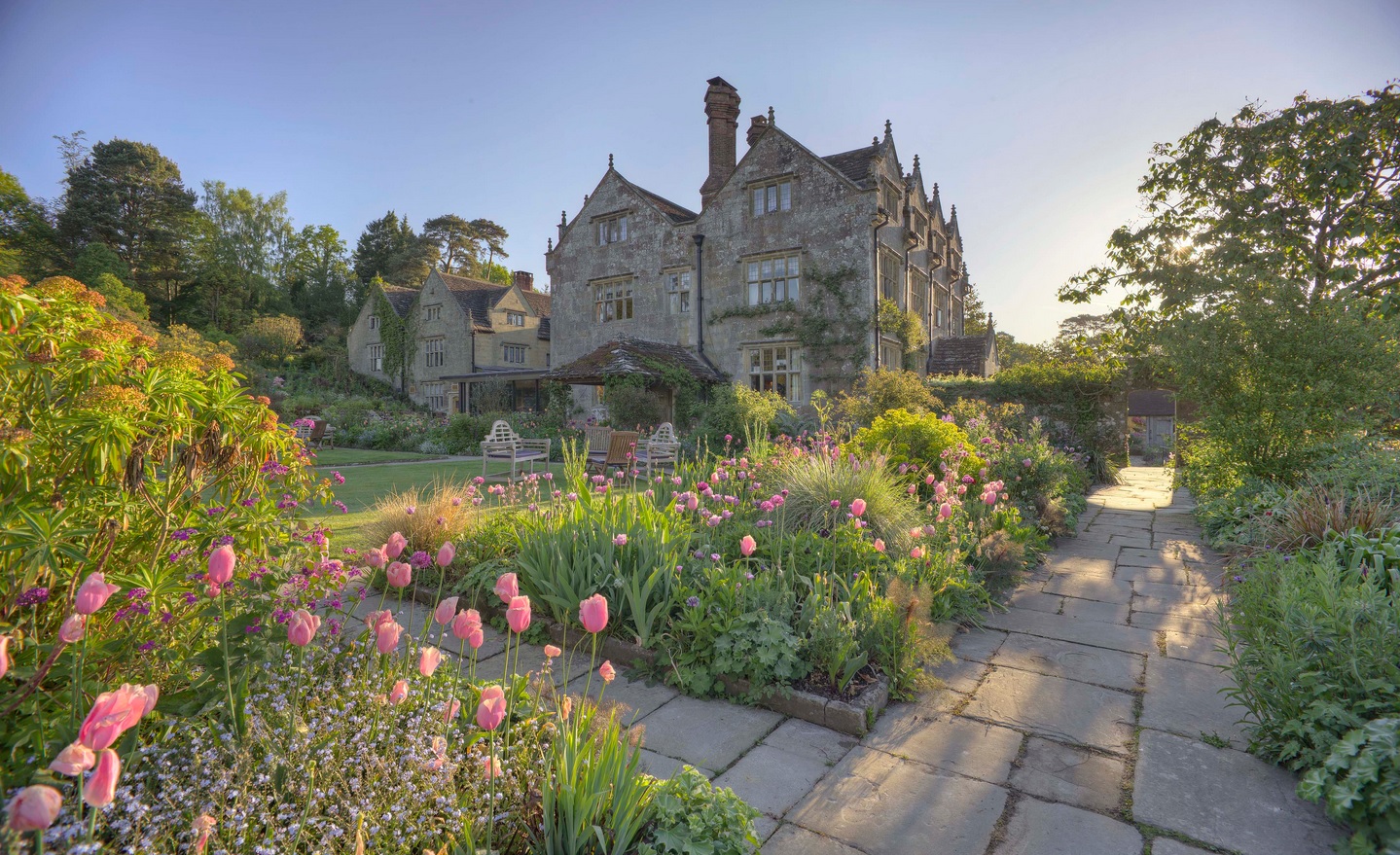
William Robinson was born in Ireland in 1838 and studied horticulture at the National Botanic Gardens at Glasnevin near Dublin. He went on to become a most influential and respected gardener and horticultural writer. He was a formidable character, hot tempered and outspoken but also energetic and diligent with a classic Victorian zeal for reform.
In 1861, he moved to London and spent some time working in Regent’s Park.
It was a visit to France in 1867 which inspired him to write his first gardening book, ‘Gleanings from French Gardens’ (1868). In this volume, Robinson criticised the formal nature of French gardens, (he actually thought the Garden of Versailles was terrible), but praised the natural style of the ‘sub-tropical’ bedding.
Robinson had an aversion to strait-laced garden design lamenting that the age of the Industrial Revolution was putting nature at risk from contemporary taste. He was influenced by the Arts & Crafts movement, led by John Ruskin and William Morris who were against poor design and mass production a direct result of the Industrial Revolution, and who sought to encourage the revitalisation of traditional English handicrafts. He also became friends with Gertrude Jekyll in the 1880’s as a result, both sharing the same ideals.
In 1870 Robinson published two works, “Alpine Flowers for Gardens’ and ‘The Wild Garden’.
In the former he proposed planting species of alpine in small rock gardens, a practise which quickly caught on, becoming commonplace in many an English garden. In ‘The Wild Garden’, Robinson decreed that a garden should encourage natural development and have respect for plant form, colour, growing habits and foliage rather than adhere strictly to a layout.
His concept of using permanent planting rather than bedding plants and his insistence on achieving an informal garden by mixing native and exotic plants, swathes of bulbs in grass and a subtle use of colour all played an important role in heralding the change of gardening into what we know today.
In 1871 the launch of Robinson’s weekly journal ‘The Garden’ enabled him to reach out to a wider audience with his naturalistic approach to gardening. His use of trees, rocks, water and pasture together with more widely available plants set a fashion for large gardens by the turn of the century.
Robinson’s greatest written work ‘The English Flower Garden’ was published in 1883, and is still available today. He encouraged each and every person to be individual in creating their own garden, encouraged the study of the interaction of plants, how each ones size, shape and foliage worked with the other. He wanted to leave gardening ‘to each gardener’s individual imagination and ability to create his own private, personal wilderness’.
The best example of Robinson’s taste can be seen at what was his own garden at Gravetye Manor, now an exclusive hotel. Also the gardens at Hergest Croft, Emmetts Garden and Killerton were stongly influenced by him.


